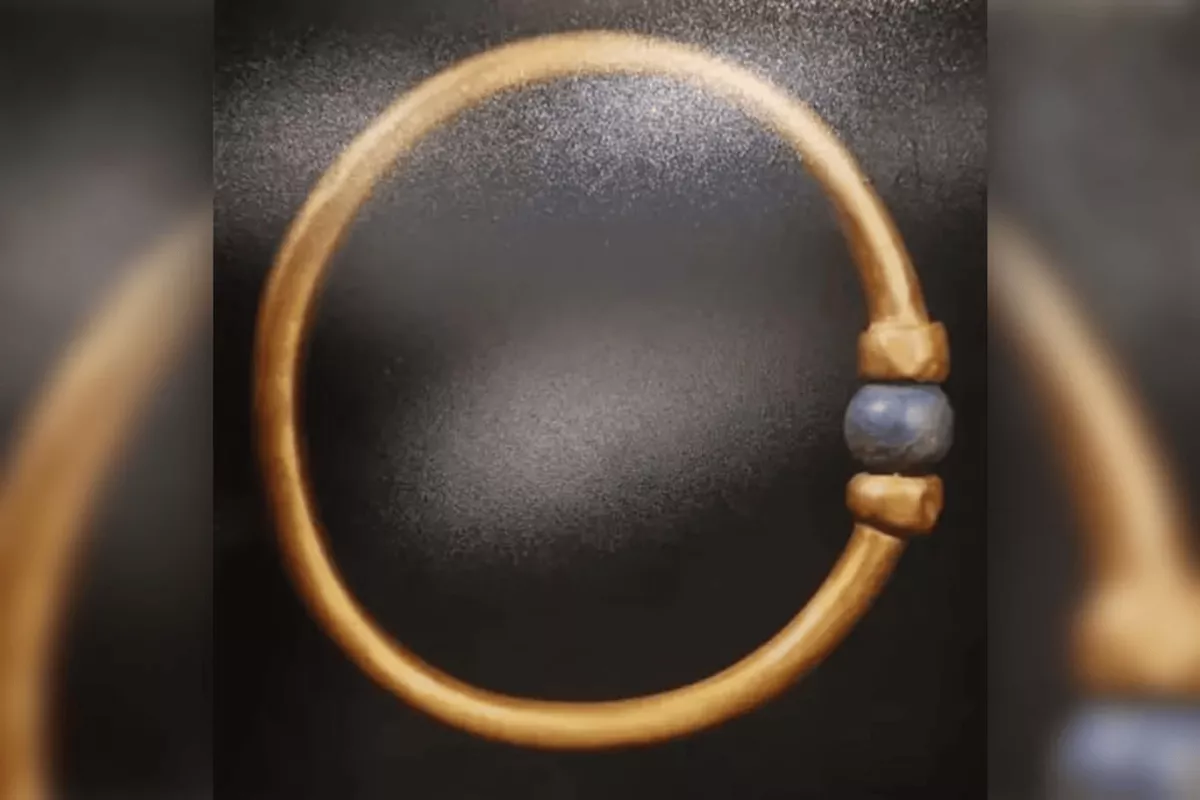Ancient painting disappears from Egypt’s "cursed" tomb
A 4,000-year-old limestone relief has vanished from the ancient tomb of Khentika in Egypt’s Saqqara necropolis, sparking a fresh investigation into artefact security.
The painting, depicting the ancient Egyptian calendar with the Nile's seasonal cycles, Akhet (flooding), Proyat (planting), and Shomu (harvest), was discovered missing in May by a British archaeological mission, but officials only confirmed the theft this week, The Independent writes.
Measuring approximately 16 x 24 inches, the artefact had been cut directly from the tomb wall, according to Cairo 24. The tomb, part of a UNESCO World Heritage site, dates to the Old Kingdom’s Sixth Dynasty (c. 2700–2200 B.C.) and is known for a warning curse inscribed on its facade.
A committee is now conducting a full inventory of the tomb. The Ministry of Tourism and Antiquities stated the matter "had been referred for investigation."
The incident follows another artefact theft — a 3,000-year-old golden bracelet belonging to Pharaoh Amenemope was stolen and melted down after being smuggled out of a Cairo museum’s restoration lab.

Tourism and Antiquities Minister Sherif Fathy blamed “laxity” in museum procedures, adding, “prosecutors were still investigating.”
Authorities said the bracelet, featuring a lapis lazuli bead, was taken on September 9 and sold for about $4,000 before being melted down to make other jewellery.
The Interior Ministry reported the arrest of four suspects, including a museum restoration specialist, who allegedly passed the item to a silver shop owner.
By Sabina Mammadli








